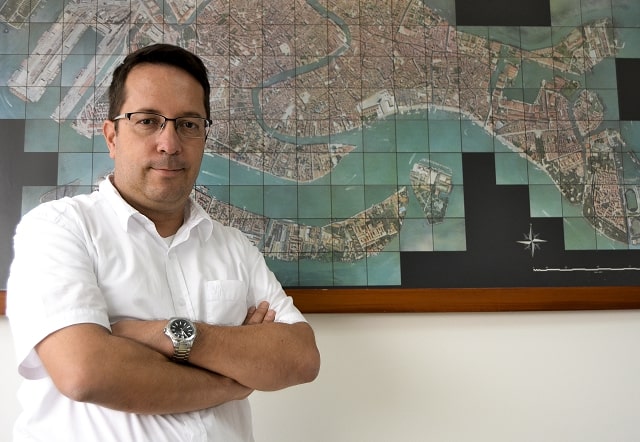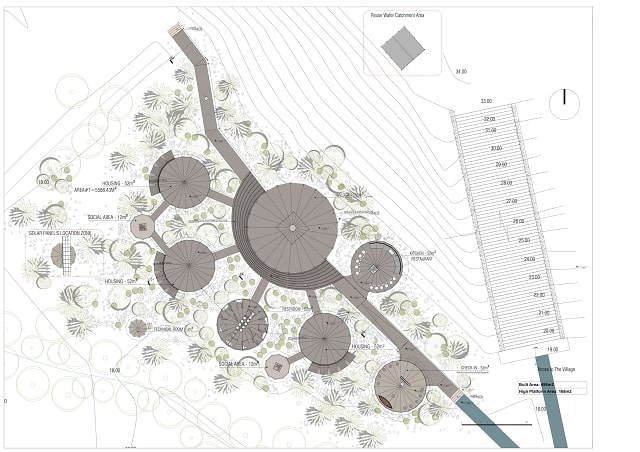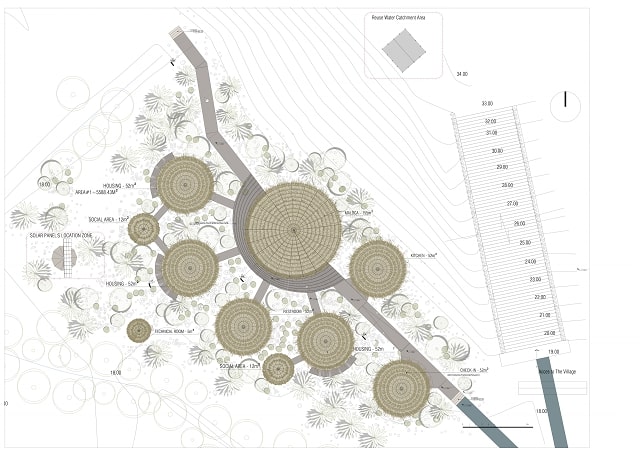The strategy of the Fondo Nacional de Turismo to promote investment and implement projects of impact, contributing to the sustainable development of the tourism industry and peace in Colombia. It began the development of the proposal for the tourist Etno-village for the community of Puerto Jagua, which seeks to improve the conditions of poverty of this people through promoting tourism and showing tourists the way of life of indigenous people in a respectful way. This project aims to find the encounter between the two cultures – the Western and the Embera people.

Juan Pablo Dorado Martinez has worked as a restoration architect in assets of patrimonial interest at the national level, where his greatest works have been tourism projects and restoration. Some of his amazing and prominent projects in Colombia are Esneda de Utría National Park, Nuquí – Chocó; Fonda Arriera of the Coffee Cultural Landscape, Salamina – Caldas; Fonda Arriera of the Coffee Cultural landscape, Aguadas – Caldas; Doña Manuela Restoration Hostel, Mompóx – Bolívar, and Restoration of the San José Church, Aracataca – Magdalena.

This indigenous community is known as Puerto Jagua, along the Chori River near the town of Jurubirá, which in turn belongs to the municipality of Nuqui, Chocó, on the Colombian Pacific coast.

The residents of Puerto Jagua are known as Embera Dobida, which means ‘River People’. These people has historically lived around these water bodies, which are essential not only for the amount of resources they provide, but because they are transportation routes and places with great cosmogenic meaning. Its origin is a mythical beach at the Baudo River and they are currently settled in the departments of Antioquia, Bolivar, Caldas, Caquetá, Cauca, Chocó, Córdoba, Nariño, Putumayo, Risaralda and Valle del Cauca in the Colombian South West.


This project aims to find the encounter between two cultures – the Western and the Embera people. It also seeks to promote the indigenous community in the preservation of their customs and cultural manifestations, which have been affected by an approach not aware of the Western world in these communities.

The proposal arises from reinterpreting the native habitat in order to understand and develop their traditional ways of life itself with analysis of physical, biological and sociocultural elements of the community. This is a means for understanding their culture and daily life.


The new settlement, firstly, foresees for the location of the most important building in the highest part of the worksite, thus creating a linear landscape of events. The structure itself is understood as an elevated platform that generates small actions like meeting, sleeping, eating, etc. The said platform is conceived as a protective element from flooding in the rainy season, but it remains a very subtle element that leverages levels and heights and which is lost in vegetation generating minimal impact.

From the main Tambo, which is the intercultural encounter point between the indigenous community and visitors, it is distributed radially. The tambos function as accommodation, bathrooms, restaurant and check-in (handicraft shop and workshop).

Fulfilling the purpose of self-sustainability and environmental responsibility, the project proposes the installation of a system of photovoltaic panels, and to take advantage of the condition of being located in one of the wettest areas of the world. A system of rainwater collection was implemented located in the upper part of the community that supplies water by gravity to the entire complex.

Image Courtesy: The Architect